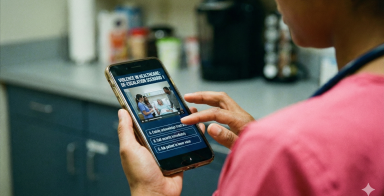Frontline reset: Energy management on shift
You spend your days caring for others—but who’s looking after you? Long hours, constant interruptions, and unpredictable demands can leave even the most dedicated caregivers drained. This session is designed for frontline workers like you,...







